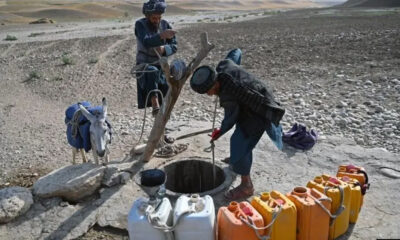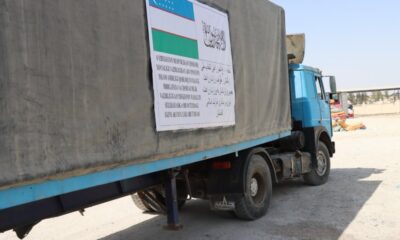Latest News
US explains purpose of new $3.5 billion Afghan Fund
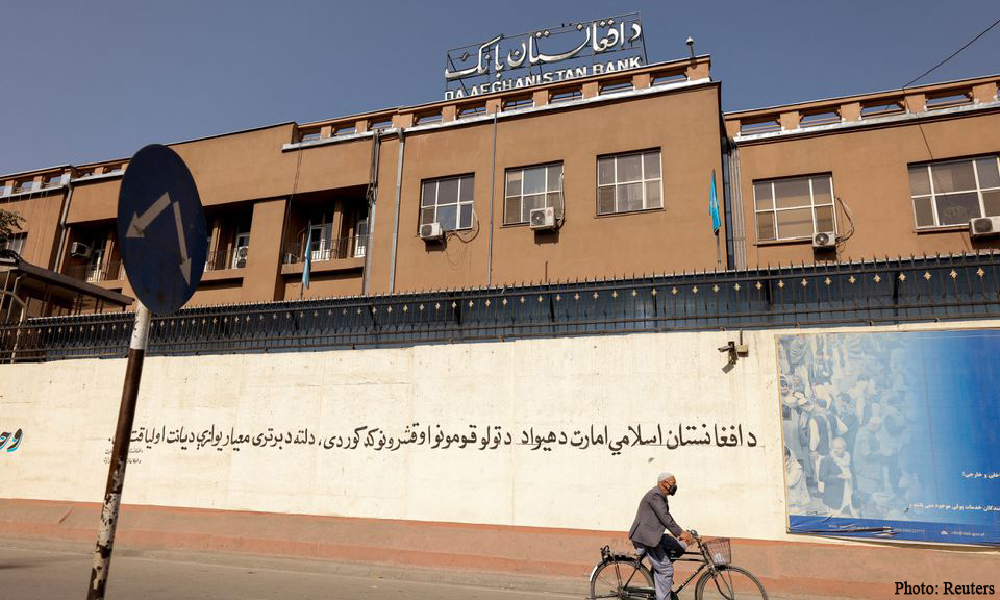
The US State Department has officially announced the establishment of the international financing mechanism which will see $3.5 billion worth of Afghanistan’s frozen assets being used for the benefit of the people.
In a press briefing on Wednesday night, State Department spokesman Ned Price said: “Today, the Department of State and the Department of the Treasury, in coordination with international partners including the Government of Switzerland and Afghan economic experts, announced the establishment of a fund to benefit the people of Afghanistan.”
Price stated the US would like to thank the Swiss Government for its partnership to ensure this effort would be possible.
“This fund will protect and preserve the Afghan central bank reserves, while making targeted disbursements to help stabilize Afghanistan’s economy and, ultimately, support its people and work to alleviate the worst effects of the humanitarian crisis,” he said.
He stated the Islamic Emirate of Afghanistan (IEA) is “not a part of this financing mechanism and resources disbursed will be for the benefit of the Afghan people, with clear safeguards and auditing in place to protect against diversion or misuse.”
“And the US has made clear to the Taliban (IEA) that the onus is on them to make key reforms which we have outlined repeatedly,” he added.
Elaborating on when the funds will be disbursed, he said it “will take a little bit of time. We’re, of course, working as quickly as we can to do that.”
He stated however that the Afghan Fund is “explicitly not intended to make humanitarian disbursements. The Afghan Fund itself is to facilitate macroeconomic stability inside Afghanistan.”
Price said this meant the US will remain the largest humanitarian donor for the Afghan people.
“This is not what that fund is for. This fund is to provide macroeconomic stability in Afghanistan that will enhance the effectiveness of humanitarian assistance from the United States and other donors.”
On the remaining $3.5 billion of Afghanistan’s $7 billion frozen by the US, Price said this money “remains subject to litigation” and did not form part of the new fund.
The new fund does however have a vetted list of sources for disbursement, he said adding that possible scenarios could include using the fund to pay for electricity for example.
Price said “that is something that could – we could envision the fund doing. To pay arrears at international financial institutions, the types of activities that are separate and apart from the day-to-day welfare that our humanitarian assistance and the humanitarian assistance of the international community is designed for.”
Latest News
OCHA warns of intensifying water crisis in Afghanistan
OCHA noted that while some areas of Afghanistan have seen rainfall approaching average levels, overall precipitation remains significantly below normal.
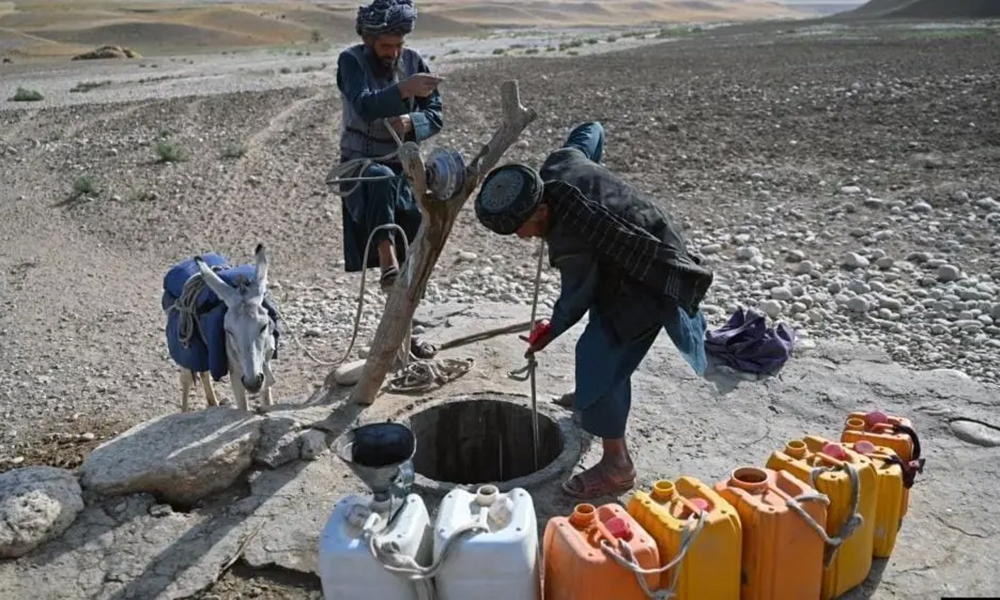
The United Nations Office for the Coordination of Humanitarian Affairs (OCHA) has issued a warning about the worsening water crisis in Afghanistan, citing below-average rainfall across much of the country.
In a recent report, OCHA noted that while some areas of Afghanistan have seen rainfall approaching average levels, overall precipitation remains significantly below normal.
Snowmelt volumes in most river basins are also lower than average and continuing to decline—further aggravating the water shortage.
OCHA highlighted that data from the Agricultural Stress Index (ASI) indicates markedly reduced vegetation growth in many regions, signaling the onset of drought conditions.
The agency also reported that soil moisture at root depth is critically low in most parts of the country, with the exception of some northern and northeastern provinces.
This poses serious concerns for agricultural productivity.
OCHA added that land surface temperatures across Afghanistan are above average, apart from limited areas in the northeastern provinces.
Forecasts suggest that above-average temperatures and below-normal rainfall are likely to persist in the coming months.
These conditions, the report warns, are expected to intensify the water crisis, leading to further declines in crop yields and damaging pasturelands vital for livestock.
As of March, this year, the provinces of Faryab and Jawzjan in northern Afghanistan have been identified as the most severely affected by reduced precipitation and rising temperatures. Other areas at critical risk include Helmand in the south, Herat in the west, Kunduz in the northeast, and Nangarhar in the east.
Afghanistan has been grappling with severe drought and declining rainfall for several consecutive years.
The prolonged droughts have depleted water supplies across the country, including in major urban centers, leaving many communities with limited access to safe drinking water.
The country is also increasingly vulnerable to extreme weather events, including flash floods, and remains one of the most climate-vulnerable nations in the world—despite contributing minimally to global greenhouse gas emissions and climate change.
Latest News
Uzbekistan sends agricultural aid to Afghanistan
The aid includes 20 tons of rice seed, five tons of cotton seed, and 1.3 tons of vegetable seeds.
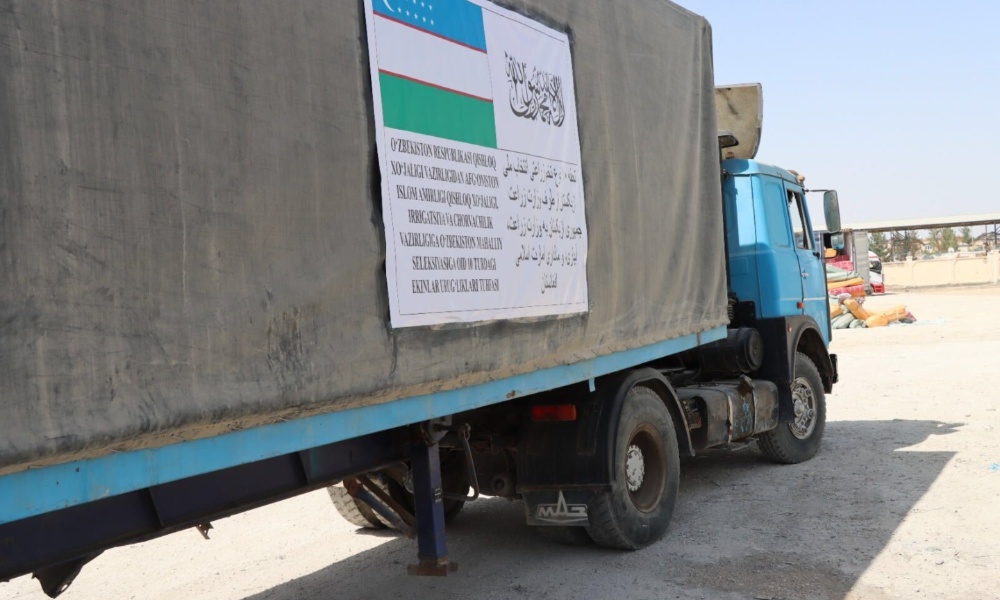
Uzbekistan has delivered a shipment of agricultural assistance to Afghanistan, consisting of improved seed, which was officially handed over to the Ministry of Agriculture of the Islamic Emirate at the Hairatan port.
Officials from Afghanistan’s Ministry of Agriculture, Irrigation, and Livestock took delivery of the consignment on Sunday during an official ceremony at Hairatan in Balkh province.
According to the Ministry, the aid includes 20 tons of rice seed, five tons of cotton seed, and 1.3 tons of vegetable seeds.
Misbahuddin Mustaeen, Director of Grains at the Ministry, stated during the ceremony that the seeds will be distributed to the agricultural departments of the provinces of Jawzjan, Kunduz, Takhar, Balkh, Samangan, and Baghlan for research and augmentation purposes.
He added that in the near future, agricultural tools and machinery are also expected to be sent by Uzbekistan.
According to him, these contributions are part of the commitments made by Uzbek officials during the recent visit of Afghanistan’s Minister of Agriculture to Tashkent.
Latest News
IEA urges France to reopen its embassy in Kabul
Shaheen emphasized to the French diplomat that “it would be better for France to reactivate its political presence in Kabul.”

Suhail Shaheen, Acting Head of the Afghan Embassy in Qatar, has called on France to reopen its embassy in Kabul.
According to the embassy the request was made during a meeting between Shaheen and Jean-Marie Chau, the French Charge d’Affaires for Afghanistan and that the two sides discussed a range of issues including the political situation, bilateral relations, humanitarian assistance, and cooperation in preserving Afghanistan’s cultural heritage.
Shaheen emphasized to the French diplomat that “it would be better for France to reactivate its political presence in Kabul.”
France closed its embassy in Kabul following the return of the Islamic Emirate to power in August 2021.
-
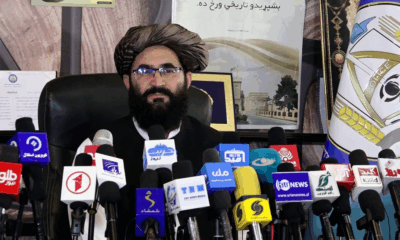
 Latest News5 days ago
Latest News5 days agoPassport Directorate earns nearly 13 billion AFN in one year
-

 Regional4 days ago
Regional4 days agoIndia dismisses report of Pakistan downing jets as “disinformation”
-

 Latest News5 days ago
Latest News5 days agoUNAMA seeks over $400 million to support returnees to Afghanistan in 2025
-

 Sport4 days ago
Sport4 days agoAriana Television to broadcast 4th edition of Afghanistan Futsal Premier League
-

 Latest News4 days ago
Latest News4 days agoTAPI pipeline to reach Herat by end of 2025: Ministry
-

 Latest News4 days ago
Latest News4 days agoNearly one-third grapple with hunger in Afghanistan: WFP
-

 Sport4 days ago
Sport4 days agoIPL 2025: Dharamsala match abandoned due to security concerns
-

 Latest News4 days ago
Latest News4 days agoUzbekistan, Poland discuss cooperation over Afghanistan


